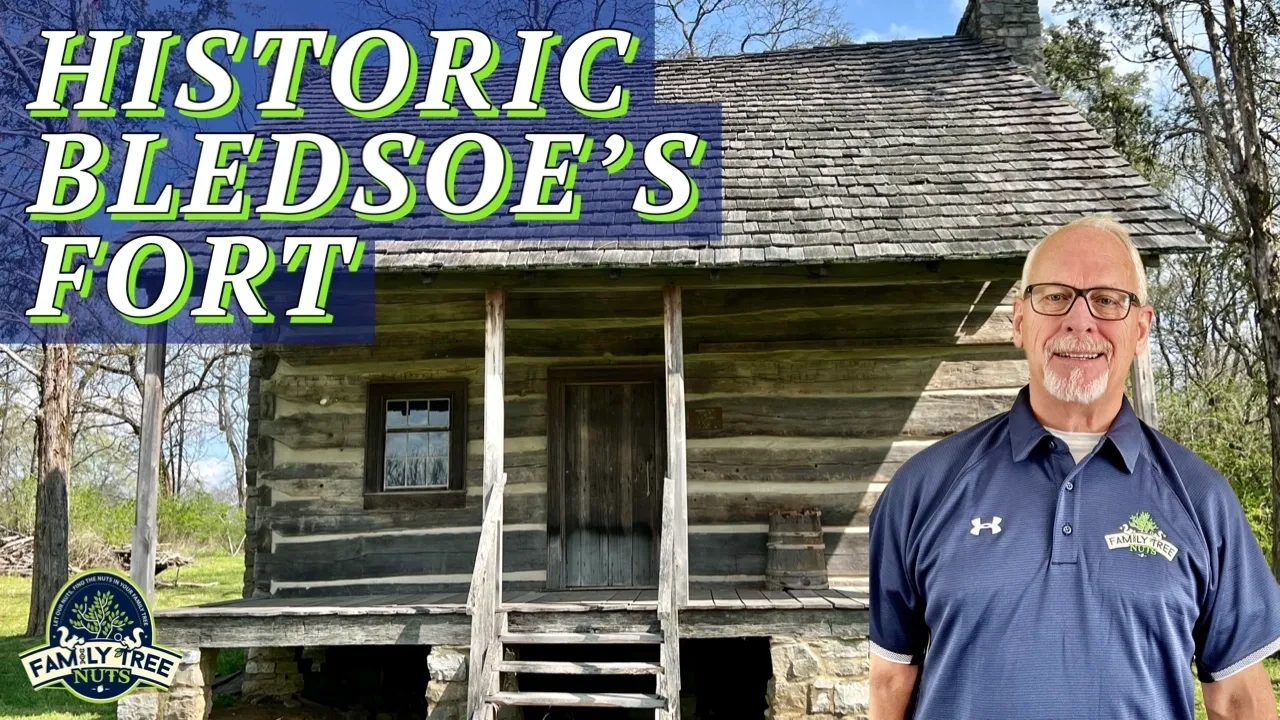
HISTORIC BLEDSOE’S FORT! SUMNER COUNTY, TENNESSEE!
Recently we visited Bledsoe’s Fort in Sumner County, Tennessee, the site of one of the original Cumberland Settlements. The Cumberland Settlements were a group of forts or stations located in a valley along the Cumberland River of Tennessee where early pioneers in the late 18th century came and settled. There were approximately eight forts or stations in this area to provide shelter and protection from Indian attacks on the early settlers.
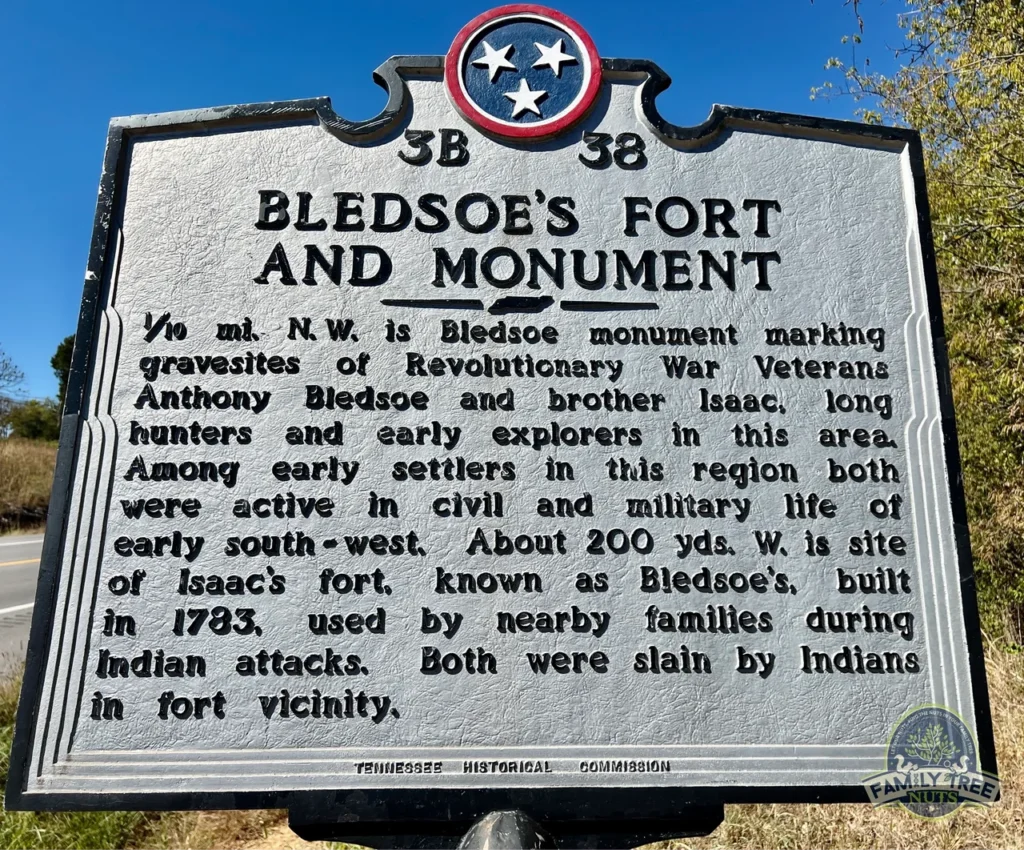
Colonel Isaac Bledsoe and his brother Colonel Anthony Bledsoe were Virginians from Culpeper County. They migrated to this area in 1772, a few years before the American Revolution, as long hunters, and while here they discovered a salt lick and a great herd of bison. Being experienced hunters, explorers and woodsmen, they knew that animals would be drawn to the salt in the water that oozed from the mineral spring, from that time on the spring was known as Bledsoe’s Lick.
They and a few other men, that included Kasper Mansker and Hugh Rogan came to hunt for animals, salt the meat and cure the hides, then take it back to market in the East. These groups of men were called long hunters because they spent long periods of time, months and often years far away from home and in most cases, they were the first non-native people to explore the area.
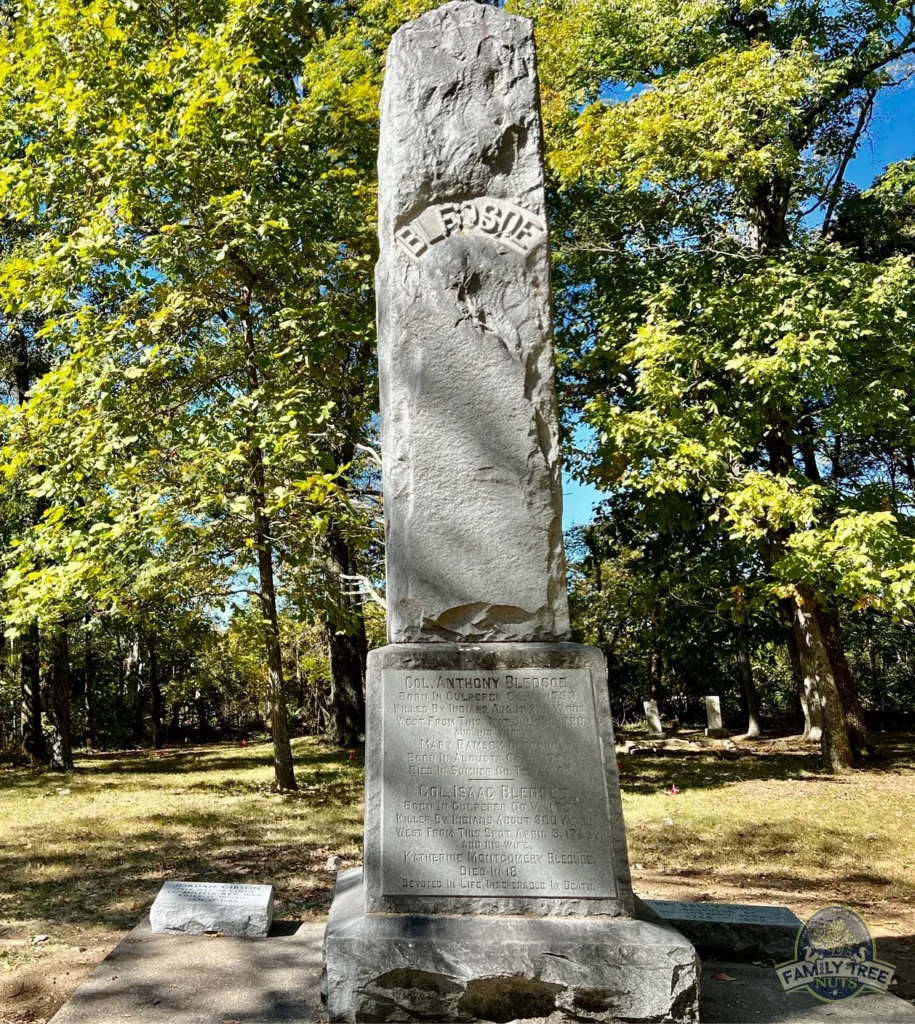
In 1780, after serving in the American Revolution, Anthony Bledsoe and his brother Isaac returned with their families to establish a settlement here. Initially their attempt to settle the land failed but in 1783 they were able to permanently claim the land that had been awarded to them for their service in the Continental Army. In order to establish a foothold on the land and to have protection from Indian attack, they constructed a civilian fort here. It consisted of several residences and was protected by a stockade.
They called it the Bledsoe Fort and it was one of eight original Cumberland Settlements that were established in the area. In 1780 in order to establish a local government, the men of the various settlements in the area wrote and implemented the Cumberland Compact. The Bledsoe brothers were two of the original two hundred-fifty signers.
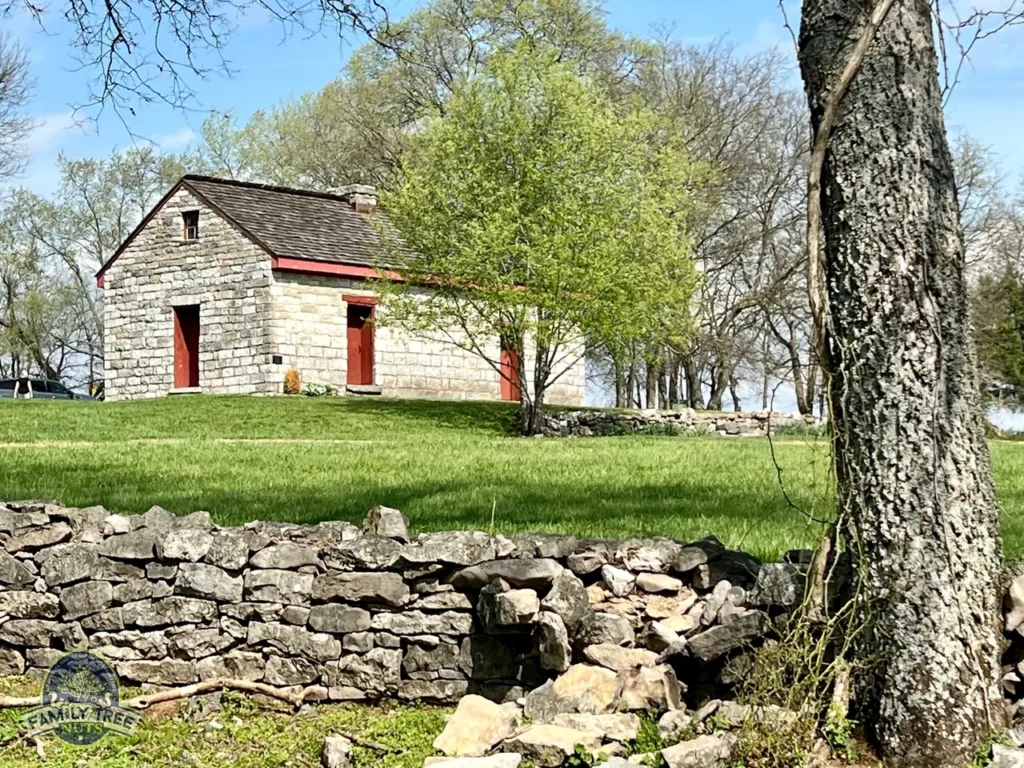
The pioneers that first came into this area that was called Cumberland River Valley were some of the first American groups to push westward beyond the Appalachian Mountains into Kentucky and Tennessee. Some of the families known to have lived in the fort or to have sought protection from Indian hostilities were those of Isaac Bledsoe, Anthony Bledsoe, William Hall, Hugh Rogan, the Gibson, Neely, Donoho and Clendening families.
In 1788, during a night attack by Indians, Anthony Bledsoe was killed while standing in the passageway of one of the cabins. Then later in 1793, Isaac Bledsoe was killed by an Indian attack 100 yards west of the fort. Both are buried in an old cemetery here on the property.
The settlers occupied the fort from 1784 to sometime in 1796. By then the Indian raids had ceased and the families dispersed to their individual homesteads and only the Bledsoe families remained.
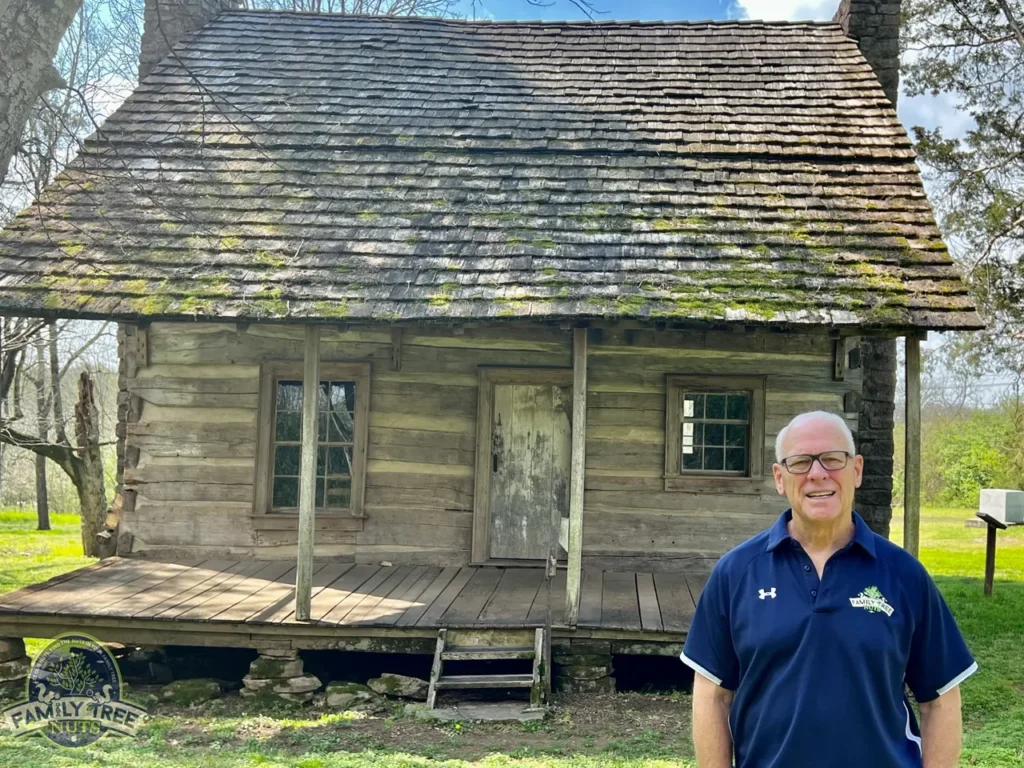
Later the fort was abandoned and fell into ruin. Decades later, in 1995, the Bledsoe Lick Historical Association and Middle Tennessee State University initiated a long-term archeological project to identify the exact location of the Fort. The dig yielded a wealth of information, and the project is still ongoing today.
Along a trail in the woods, behind the fort, you can see the remains of their freshwater spring and springhouse. As you can imagine, fresh water was essential when choosing locations for the settlements, so the stockade was built within close range. The remnants of the spring house walls and steps are still here today and located about fifty yards from the fort.
Another interesting fact about this site is that the Holston Road passed through here and remnants of it can still be seen today. This was the primary route for settlers to move through East Tennessee, across the rugged Cumberland Plateau, into the Cumberland Valley and beyond and to return with goods to sell back in the East. Other roads into the area came through the Cumberland Gap into Kentucky in then turned South into the Cumberland River Valley but they took much longer to travel so the Holston Road was established as the main route into and out of the area.

It was the first road to tie the Eastern and Central regions of Tennessee together and halved the travel time from settlements around Knoxville over into the Cumberland Valley and Nashville. Once the road was completed, tens of thousands of settlers passed through this area. For a short while, this was America’s only road leading from the East to the Southwest.
Also, here on the property you will find the family cemetery and final resting place for Isaac and Anthony Bledsoe. There are several graves marked with simple field stones along with others that have more elaborate headstones and boxed vaults. In 1807, the property was sold to the Belote family and members of their family are also buried in the cemetery.
In 1905, original descendants of Anthony and Isaac Bledsoe placed a monument here dedicated to their pioneer ancestors and it still stands today. This is such an interesting story about how and where the early settlers were able to cross the Appalachians and push westward in the new land. If you are interested in early American History, you can learn about other similar settlements that were established all over this region of the country, especially in Kentucky and Tennessee. Early settlements such as the establishment of Fort Boonesborough and Fort Harrod in Kentucky are posted on our Family Tree Nuts YouTube site.
We are proud to bring you to Bledsoe’s Fort State Historical Park in Sumner County Tennessee. If you are in the area, I highly recommend that you stop by for a visit. In addition, because of its proximity to the Cumberland River and Nashville, this area has several other historical sites just within a few miles that you can visit such as the Craigfont House and the old stagecoach inn called Wynnewood. All have great stories about our early American History. So that’s the story of the Bledsoe Station where several families were able to carve out a new life in the Western wilderness of the new United States. Be sure to see our video below from here.
-Scott Denney, Historian, Family Tree Nuts
